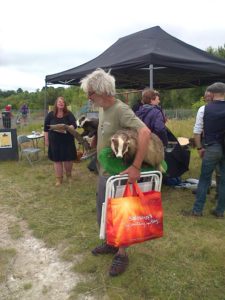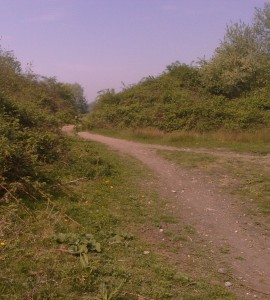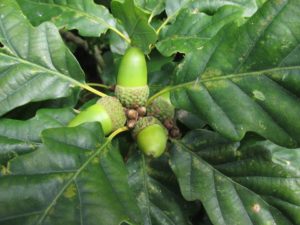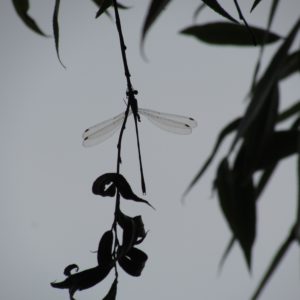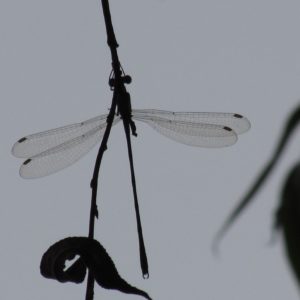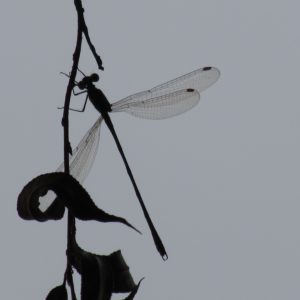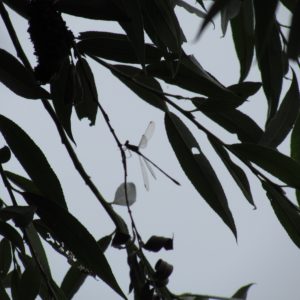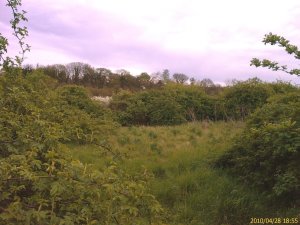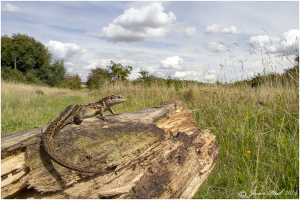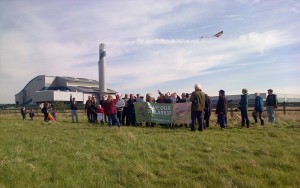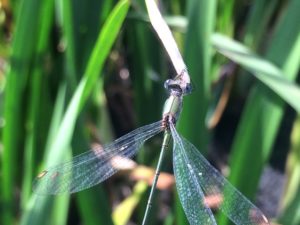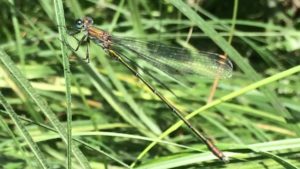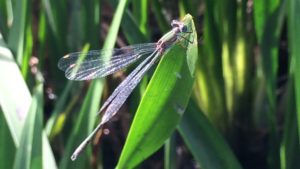Please make your voice heard for Bexley’s disappearing wildlife, using the suggestions in this post……
As many readers will know, there is a proposal from a company called Roxhill to destroy Green Belt and most of a Site of Importance for Nature Conservation at the southern end of Crayford Marshes for a large railfreight terminal. The affected area is of London level importance for invertebrates, hosts most of the breeding Skylarks (down more than 50% nationally) in Bexley as well as Corn Bunting (down 86% since the late 60s), which is on the verge of extinction as a breeding species in London as a whole. It will substantially industrialise one of the largest areas of continuous open space left in our Borough.
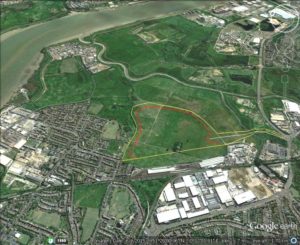
Google Earth image of the huge area to be lost to Roxhill’s railfreight depot if Bexley Council approves the plans. Red line – ‘developed’ area footprint, with screening bunds etc. out to the yellow line. White line is main access roadway, including a bridge over the River Cray.
This matter could go to the next planning committee meeting on 6th October. 856 people have signed our online petition to date, but personal letters carry more weight, and the more of these the better. So even if you’ve signed the petition please choose from some of the points below to help write a quick letter, and do add any purely personal viewpoints you may have – such as the pleasure to be obtained from the current quiet ‘country’ walk down Moat Lane and along Crayford Creek, if you have been there. Send your letter to developmentcontrol@bexley.gov.uk with the subject line 15_02673_OUTEA – objection. Give your name and address. It needs to arrive before October 6th. THANKS!
This is not a foregone conclusion, and Bexley was minded to turn down a previous version of this scheme. The new one is worse in some key respects. More recently the building on 10% of Crayford Rough was only approved on the casting vote of the Chair after a tie, and on the Borax fields by a vote where the number of ‘abstentions’ and ‘againsts’ equalled the number ‘voting’ for.
If you make a personal objection, the Council will write to you with information about the planning meeting and how to speak. You do not have to attend, and there are only a couple of short speaker slots anyway, in which we expect to field experts such as the London Wildlife Trust to speak for our position.
Some points you may wish to make:
– Make it clear that you object to the application and want it to be rejected.
– At the heart of the applicant’s case is that the scheme will supposedly take Heavy Goods Vehicles off the road and contribute to ‘sustainability’, and that this is important enough to outweigh any concerns about the loss of Green Belt and wildlife. However, the Department for Transport’s data shows that HGV vehicle miles went up nearly 4.7% from 2014 to 2015, after a decline during the post-2008 economic ‘downturn’. The DfT says this was ‘the fastest year-on-year growth in lorry miles since the 1980s’, so it would appear that overall the trend is going to be inexorably updwards again. Light Goods Vehicle miles went up by just over 4%. DfT figures also show that greenhouse gas emissions from road traffic are also growing again after a similar dip. The applicant has not shown that its scheme is part of a coherent, workable plan, that will deliver a sustained fall in HGV traffic or carbon emissions. At best it may temporarily slow the growth in these measures, so simply does not justify the local environmental damage.
– The scheme will increase the amount of traffic in this part of Bexley, including worker access, but has little or nothing to do with ‘more sustainably’ supplying Bexley and south-east London with goods, as the goods vehicle movements generated are expected to go in the direction of the QE2 bridge, not west or south-westwards into Bexley and neighbouring Boroughs.
– The scheme will destroy a significant amount of the Green Belt, despite prominent Conservatives such as the GLA Mayoral candidate Zac Goldsmith, GLA member for Bexley and Bromley Gareth Bacon and local MP James Brokenshire all having said that such land should be protected.
– If the proposal is approved, almost 50% of the Crayford agricultural and landfill Site of Importance for Nature Conservation – shown to be of London level importance for invertebrate species – and around a quarter of what little is left of the Crayford Marshes area as a whole, will be built over.
– The applicant claims that the best part of this Site of Importance for Nature Conservation will be left intact, that the rest is of poor value and that its landscaping work will deliver a net benefit to wildlife, although quite how is not specified in much detail. This approach also ignores the intrinsic value of larger areas of habitat and the unmeasured plant and insect food resources they will produce. There is a wildlife crisis in this country, with 56% of species having declined over the last 50 years, and 15% at risk of disappearing from our shores altogether. The way to tackle this is not to try and cram ever more wildlife into ever less space. Instead we should be improving the wildlife value of all the sites we have left.
– The scheme presents a major threat to breeding Skylark and Corn Bunting in Bexley, both red-listed due to significant declines and both the subject of taxpayer funded schemes to recover their numbers . The applicant says that there will be a negligible effect , that displaced birds can go elsewhere in the general area and that most breeding territories are outside of the proposed development footprint. The London Wildlife Trust, however, believes that one to two-thirds of the 9 pairs of locally breeding Skylarks could be lost due to direct impacts other disturbance. The fact that there were 2 Corn Bunting breeding sites in the affected area when there are reckoned to be no more than 20 breeding pairs in London as a whole is significant. The future of the Skylark in Bexley has already been compromised by the Council’s decision to approve building on the Borax fields next to Crossness Nature Reserve.
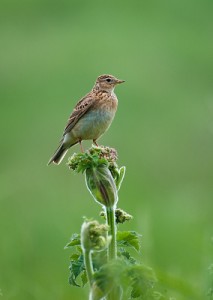
The future of the Skylark in Bexley is threatened by an approved ‘development’ at Erith Marshes, and by this proposal at Crayford Marshes. When will Bexley Council draw the line and start standing up for our beleaguered wildlife? (Photo: Dave Pressland, with permission)
– The mounting cumulative losses to Bexley’s wildlife and other open spaces, which are the jewels in the Borough’s crown, are unacceptable. The size of the development and the intrusive road bridge across Crayford Creek will mean that visitors to Crayford Marshes from Moat Lane and the Thames Road area will have to go even further out along the footpaths to get away from the trappings of industrialisation and enjoy the mental health benefits of quiet, wide open ‘countryside’.
– The green roofs and the transfer of land ownership of the rest of Crayford Marshes, with an endowment for wildlife management, which were on offer from the ‘developer’ in the previous version of the application, are absent from this second one. If Bexley Council never-the-less decides to approve this scheme, it must insist that a development of this size installs a substantial area of green and/or brown roofs to help mitigate wildlife losses, and must insist on a management mechanism that is open to discussion with stakeholders, publicly accountable, sets high targets for wildlife enhancements, is monitored in terms of implementation and outcomes and that is resourced sufficiently to stand a realistic chance of at least off-setting the wildlife impacts of this scheme.
________________
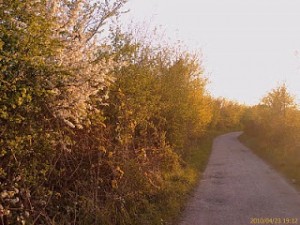
Moat Lane, Crayford Marshes, on a sunny evening back on the 23rd April 2010. Despite the promised ‘screening’, the peace and quiet of this ‘country lane’ is likely to be adversely affected by noise from the proposed depot. (Photo: Chris Rose)
Chris Rose


